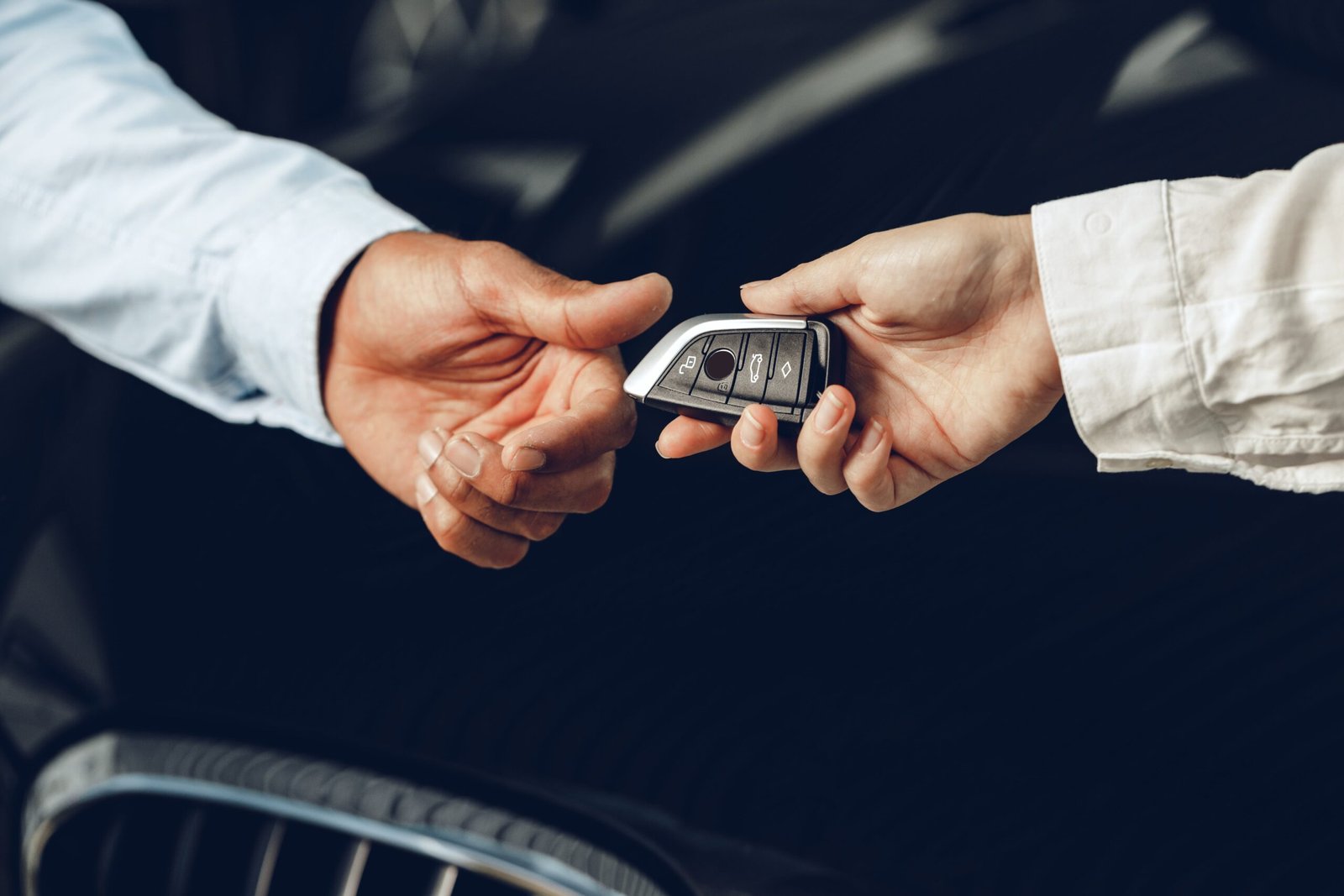Where Can You Find The Most Reliable Ignition Barrel Repair Information?

Ignition Barrel Repair: A Comprehensive Guide
An ignition barrel is a vital part of any vehicle's ignition system. It is the part of the ignition lock that houses the key cylinder, which communicates with the lorry's electrical system to begin the engine. In time, wear and tear, in addition to environmental elements, can lead to issues with the ignition barrel. This post will look into ignition barrel repair, addressing common issues, repair procedures, and practical tips to guarantee a smooth procedure.
Understanding the Ignition Barrel
The ignition barrel is typically described as the ignition switch or ignition lock. Located on the steering column or dashboard, it is the part where the key is inserted. It has several functions, consisting of:
- Activating the electrical system: When the key is turned, it connects the battery to the ignition system.
- Starting the engine: It enables the starter motor to crank the engine.
- Enabling accessory power: It enables the use of electrical parts when the ignition is in the 'ACC' position.
Since of these essential functions, any malfunction in the ignition barrel can render a vehicle inoperable.
Typical Issues with Ignition Barrels
Several problems can emerge with ignition barrels, leading to the need for repair. A few of the most prevalent concerns consist of:
- Key getting stuck: This is often caused by internal wear or misalignment within the ignition barrel.
- Problem turning the key: Dirt and particles accumulation or harmed parts can impede key function.
- Electrical failure: A malfunctioning ignition barrel can stop electrical parts from receiving power.
- No response when the key is turned: This might indicate an unsuccessful ignition switch or a broken connection.
Steps for Repairing Ignition Barrels
Repairing an ignition barrel needs a methodical approach to make sure security and appropriate performance. Below are the steps to follow:
Tools and Materials Needed
Before beginning the repair process, collect the following tools and materials:
- Flathead and Phillips screwdrivers
- Replacement ignition barrel (if essential)
- Lubricant
- Wrench set
- Electrical contact cleaner
- Adhesive or sealant (if needed)
- Safety goggles and gloves
Repair Procedure
Preparation:
- Disconnect the automobile's battery to avoid electrical shock or accidental ignition during repairs.
Getting Rid Of the Steering Wheel (if necessary):
- Some automobiles may need removal of the guiding wheel to access the ignition barrel.
- Utilize a socket set to eliminate the guiding wheel nut and thoroughly remove the wheel.
Eliminate the Ignition Column Cover:
- Use the proper screwdriver to remove screws securing the guiding column cover and gently pry it away.
Access the Ignition Barrel:
- Locate the ignition barrel, which is frequently held in location by bolts or screws.
- Eliminate any protective covers if essential.
Inspect the Ignition Barrel:
- Examine the cylinder and internal components for wear, particles, or damage.
- Look for any damaged connections that might need repair.
Cleaning and Lubrication:
- Use electrical contact cleaner to remove dirt and gunk from the ignition barrel.
- Use a percentage of lube to the moving parts to make sure smooth operation.
Replace the Ignition Barrel (if needed):
- If the barrel is substantially damaged, it might be best to replace it.
- Get rid of the damaged ignition barrel, remembering of the electrical wiring connections.
- Install the brand-new ignition barrel by linking the wires and protecting it in place.
Reassemble the Steering Column:
- Replace any covers or elements that were eliminated, guaranteeing all screws are tightened up appropriately.
- Reattach the steering wheel if it was gotten rid of.
Reconnect the Battery:
- Once everything is safely reassembled, reconnect the car's battery.
- Evaluating:
- Test the ignition barrel by inserting the key and trying to start the lorry.
- Guarantee all functions work properly, consisting of accessory power and starting.
Maintenance Tips for Ignition Barrels
Preventive upkeep can help extend the life of an ignition barrel:
- Regular Cleaning: Periodically tidy the ignition barrel to eliminate particles and avoid sticking.
- Usage Quality Keys: Avoid utilizing bent or worn keys, as this can worry the ignition barrel.
- Limitation Excess Force: Do not force the key if it gets stuck; this might cause internal damage.
- Expert Inspection: Have the ignition barrel checked during regular maintenance checks.
Frequently Asked Questions about Ignition Barrel Repair
1. How do Ignition Switch Repair Shops know if my ignition barrel requires repair?
- If you experience problem starting your automobile, the key gets stuck, or there is no power to the ignition system, it may be time for a repair.
2. Can I repair an ignition barrel myself?
- Numerous repairs can be done at home with basic tools, however if you are not sure, it may be best to seek advice from an expert.
3. How much does ignition barrel repair cost?
- Expenses vary based upon the car make and design, and whether parts need to be changed. Fundamental repairs might cost in between ₤ 100 to ₤ 300, while changing the ignition barrel can run greater.
4. What are the threats of not repairing a defective ignition barrel?
- Ignoring ignition barrel problems can lead to being stranded, prospective lockouts, or perhaps electrical failures that can affect other automobile systems.
5. For how long does an ignition barrel repair take?
- Repairs can normally be completed in one to 2 hours, depending upon the complexity of the issue and availability of the barrel.
Fixing an ignition barrel is a crucial upkeep job that makes sure the reputable efficiency of a vehicle. By comprehending the typical concerns associated with ignition barrels and following a methodical repair procedure, car owners can keep their cars better and avoid additional complications. Ignition Switch Repair Shops and timely attention to ignition barrel issues can make a vital difference in guaranteeing a smooth and undisturbed driving experience.

